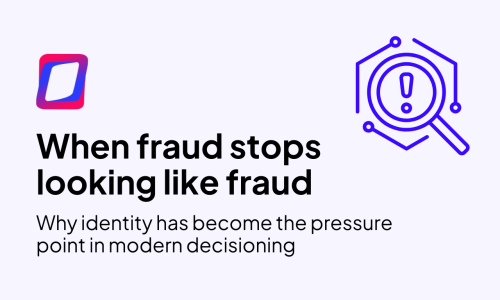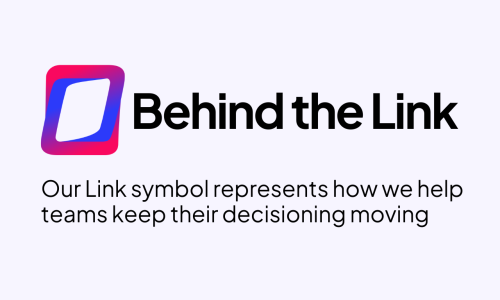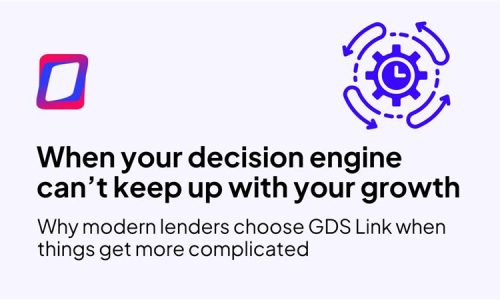Founder and CEO of Kevari Shares Insights on Combating New Account and Account Takeover Fraud
In this episode of The Lending Link, host Rich Alterman sits down with Adam Elliott, CEO and Founder of Kevari, to delve into the critical issue of identity fraud and its evolving complexities.
Adam begins by sharing his journey from holding senior roles at ChexSystems, to founding Kevari, a leading identity fraud prevention company that combines machine learning with consortium velocity and identity networks to detect fraud in real-time. He explains the reasoning behind rebranding from ID Insight to Kevari, aiming to convey strength and technological innovation.
The conversation then shifts to defining and differentiating between new account fraud and account takeover, highlighting fraudsters’ tactics and the challenges financial institutions face in combating these issues. Adam provides a comprehensive overview of Kevari’s approach to fraud detection, detailing how the company’s platform helps thousands of banks and credit unions prevent fraud losses, reduce customer friction, and protect their reputations.
Rich and Adam explore the trends and shifts in fraud tactics, including the rise of online account fraud and the increased sophistication of fraudsters. They discuss the importance of integrating new data sources and machine learning to stay ahead of fraud patterns and the critical role of digital identity in modern fraud prevention.
Adam also shares his optimistic outlook on the future of fraud prevention, emphasizing the potential of emerging technologies and data networks to turn the tide in the ongoing battle against fraud. Tune in here:
Watch The Episode on YouTube
Listen To The Episode on Spotify
About Kevari
Kevari specializes in preventing and detecting account takeover and new-account fraud – effectively, efficiently, and in real time. It does so by seeking out anomalies and out-of-pattern behaviors that exist between identity data and non-monetary (aka, non-financial) data and events. Non-monetary data includes, but is not limited to:
- Emails/email changes
- Phone numbers/phone number changes
- Addresses/address changes
- Password requests/password changes
- Card requests
- Requests or access to a service/app
These days, scrutinizing non-monetary data and events is critical to identifying emerging fraud rings and schemes, especially those related to third-party fraud and synthetic identity fraud. It is important to detect and examine the repeated submission of identity attributes across participating institutions nationwide, as well as visualize the varying combinations of those attributes.
Because Kevari can deliver this level of scrutiny through its numerous identity-related networks, thousands of banks and credit unions, financial services companies, and other businesses rely on Kevari’s solutions to mitigate the destructive effects of account takeover and new-account fraud.
Learn more here: https://kevari.com/
About GDS Link
GDS Link is a global leader in credit risk management, providing tailored software solutions, analytical and consulting services. Our customer-centric risk management and process automation platforms are designed for the modern lender in their pursuit to capitalize on the entire credit lifecycle.
By providing a personal, consultative approach and leveraging our own industry-leading knowledge and expertise, GDS Link’s solutions and services deliver exceptional value and proven results to thousands of clients around the world.
About The Lending Link Podcast
The Lending Link Powered by GDS Link is a podcast hosted by Rich Alterman and designed for the modern-day lender. Each episode deeply delves into innovation within the financial services industry and transformation efforts, including AI / ML integration, Modeling, Risk Management Tactics, and redefining Customer Experiences.
GDS Link launched The Lending Link to explore unique strategies for the modern-day lender, dive into the innovative advancements GDS Link and our partners are currently developing and delivering, and gain insights from captivating guests within the FinTech, banking, and credit union worlds.
We have a wide range of guests from various lending institutions and diverse organizations who talk about strategies, technology, and everything in between.
Recent articles

When Fraud Stops Looking Like Fraud
Read article
Behind the Link
Read article





